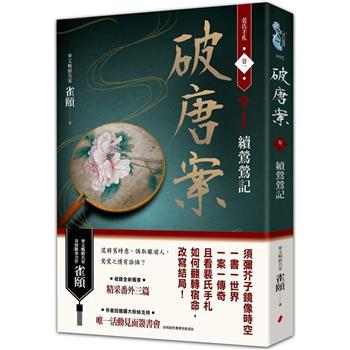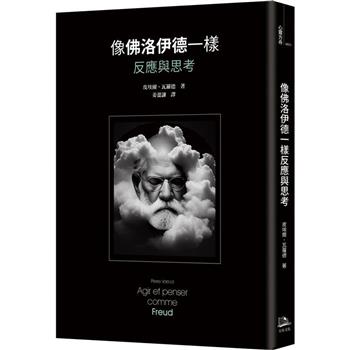The aim of this book is to investigate the possible contributions of the art historian Aby Warburg to contemporary art historiography. Currently, Warburg’s thought has been revisited by scholars from various fields, although the bibliography on the subject is still scarce in Brazil. Georges Didi-Huberman has been one of the main disseminators of Warburg in Brazil and abroad, which is why in this research he has become the main theoretical source. We started by investigating the fundamental Warburgian concepts of the survival of images and the formulas of the pathos. In a related way, these concepts shape a new approach to art history, focussing on images obscured by hegemonic history. This work is made up of studies on the writings of Aby Warburg, the tracing of relationships between Warburg and other thinkers such as Jacob Burckhardt and Friedrich Nietzsche, as well as his approach to the field of anthropology. Finally, an experimental exercise in the application of Aby Warburg’s historiographical method is constructed using some images from the work of the Brazilian artist Farnese de Andrade.
| FindBook |
|
有 1 項符合
Aby Warburg: contributions to art historiography的圖書 |
 |
$ 3960 | Aby Warburg: contributions to art historiography
作者:Marcelino 出版社:Our Knowledge Publishing 出版日期:2024-06-30 語言:英文 規格:平裝 / 120頁 / 22.86 x 15.24 x 0.71 cm / 普通級/ 初版  看圖書介紹 看圖書介紹
|
|
|
圖書介紹 - 資料來源:博客來 評分:
圖書名稱:Aby Warburg: contributions to art historiography
|









